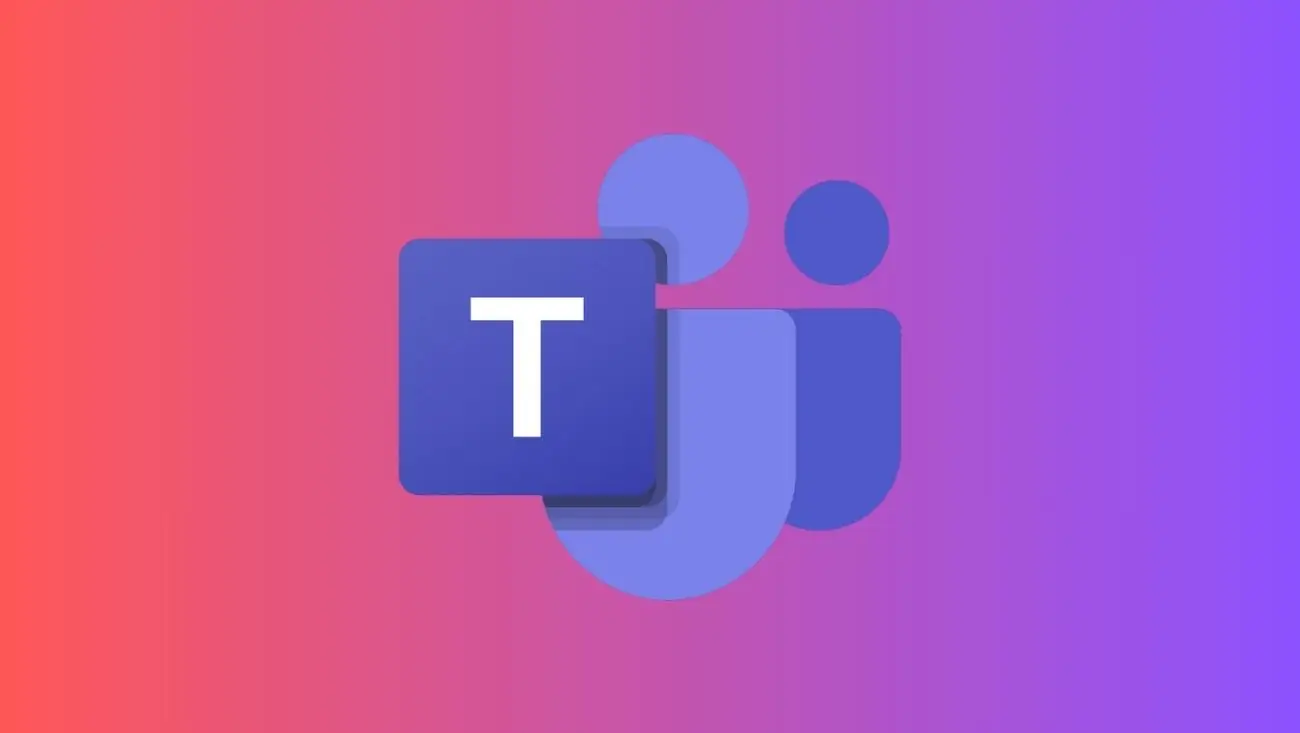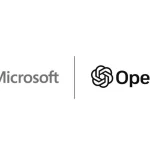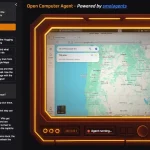Microsoft has announced a new feature for Microsoft Teams that will block screen captures during meetings, aiming to strengthen privacy and safeguard sensitive information. This update, set to launch soon, will prevent users from taking screenshots of shared content across all platforms, addressing rising concerns about data security in virtual meetings. While this move promises to enhance user protection, it also brings challenges for IT teams and raises questions about its overall effectiveness in the evolving landscape of digital collaboration.
The screen capture block will be implemented across all Microsoft Teams platforms, including Windows, macOS, iOS, and Android, ensuring uniform privacy protection for users. This feature targets the risks associated with sharing sensitive data—like financial documents, customer details, or proprietary designs—during meetings, which can be easily captured and misused. According to Cybersecurity News, this update builds on Microsoft’s recent security improvements, such as the phishing and spam alert system introduced to Teams in January 2025. The initiative reflects trends in AI communication tools, where technology is increasingly used to enhance security in digital interactions.
Despite its potential, the feature has limitations that could affect its impact. It can block screenshots within the Teams app, but it cannot stop users from using external devices, such as taking a photo of the screen with a smartphone, as noted by UC Today. Microsoft has yet to confirm whether the feature will be enabled by default or if admins and meeting organizers can customize its settings, which could complicate implementation for IT leaders. These uncertainties mirror challenges in AI accessibility efforts, where ensuring consistent application of tech features across diverse user bases remains difficult.
For IT leaders, this update presents a dual-edged sword. On one hand, it aligns with growing compliance and security standards, reducing the risk of data leaks during virtual meetings, a concern UC Today emphasizes as remote work continues to dominate. On the other hand, it may disrupt workflows for users who rely on screenshots for documentation, training, or collaboration, requiring IT teams to update policies and educate users on new practices. The need for user awareness is a recurring theme in AI privacy debates, where effective adoption of security measures often depends on informed usage.
The update could also influence the broader collaboration industry. By prioritizing privacy, Microsoft may push competitors like Zoom or Google Meet to adopt similar measures, fostering a new standard for virtual meeting security. This competitive pressure is akin to dynamics in AI creative tools, where companies strive to innovate while addressing user needs. However, the digital divide poses a challenge, as smaller organizations may lack the resources to adapt to such changes, a concern often raised in cybersecurity discussions about equitable tech deployment.
Microsoft’s screen capture block highlights the ongoing tension between security and usability in digital tools. As the feature rolls out, its success will depend on how well Microsoft addresses these limitations and supports IT teams in managing the transition. For users, it underscores the importance of protecting sensitive information in virtual spaces, even as it reveals the gaps in tech-driven solutions. What do you think about Microsoft Teams blocking screen captures—will it make meetings safer, or does it fall short? Share your thoughts in the comments—we’d love to hear your take on this privacy-focused update.







